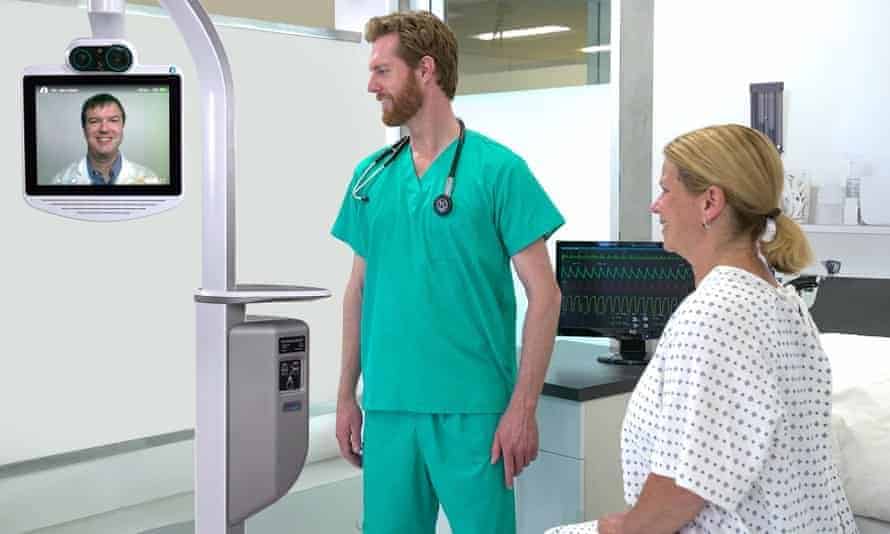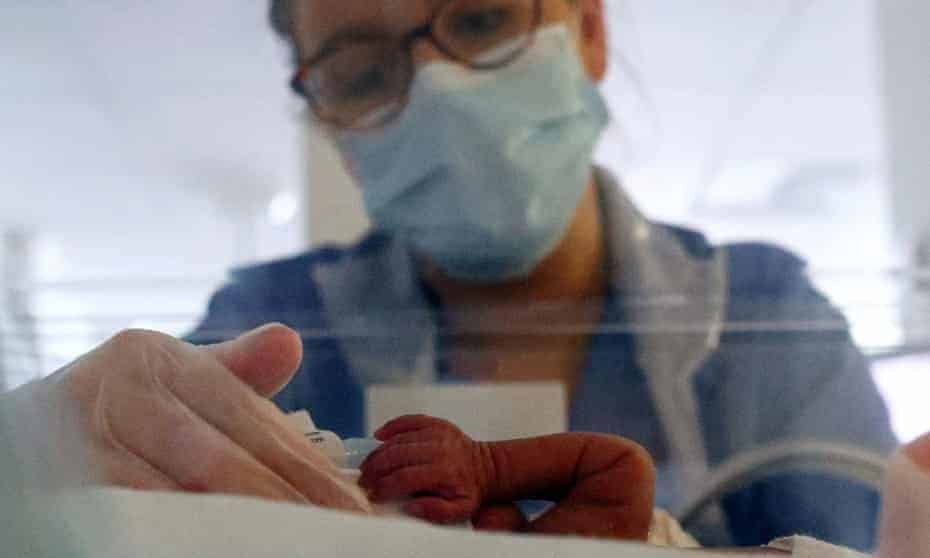Remote medical care represents the future of hospitals. The innovative hospital robots, which helped doctors during the panedemic, could reappear in an updated and even more functional version.
The hospital of Liverpool Women's and Alder Hey was the first to experience the help of hospital robots.
The doctors in the neonatal ward took advantage of these innovative tools to make remote video calls, treating the babies without physically introducing themselves.
The devices teladoc – the name of the robots used in Liverpool – are about to be modified, so that specialists learn to use them to treat children in emergencies.

“This certainly has the potential to save the lives of extremely premature babies born outside of specialized centers and improve their outcomes. (…) What we have shown is that it is easy to use, it improves the quality of care for children and their families, it improves the speed of review and it is very close to being there in person.”
Dr. Chris Dewhurst, clinical director of the Liverpool Neonatal Partnership
The new hospital robots and how they work
The new hospital robots are equipped with a movable frame, cameras, a screen and a built-in stethoscope.
In case of need, the devices can connect to magnetic resonance scanners and thermal imaging cameras, so as to always keep everything under control.
One of the main advantages of this incredible device is the ability to look directly and quickly at the medical records of patients. This way, doctors are immediately informed and can look at the information in minutes.
Jonathan Patrick of Consultant Connect, the company that produces the robots, explained the potential of the devices. According to him, they could be used in many cases and in many different situations.
"It allows you to have access to doctors, for example, who have retired but still want to be part of the workforce, but cannot go to the hospital every day".
The help of these special devices could help and save the lives of hundreds of premature babies, who need continuous visits. Doctors would thus be able to remain in continuous contact with patients, without missing anything.
One study showed that engaging remote neonatologists through hospital robots allowed clinical teams not to be overwhelmed by busy schedules and patient numbers. Children were more likely to receive continuous checks on temperature, breathing and glucose levels.
Teladoc's first experiments
As we anticipated, Teladoc devices were tested for the first time in Liverpool Women's Hospital and Alder Hey. Doctor Chris Dewhurst and his team of specialists, began using two hospital robots in March 2020.
According to the doctor's statements, “On some occasions, using the robots has been better than being there in person, because the device has a camera on an arm that can be placed over the child to show what is happening. (…) If I had been there in person, I would not have been able to see it because there were people around the child".
Not only have they made the lives of doctors easier, but they have also improved the lives of young patients.
The specialists' performance incredibly improved, because they had the ability to "arrive" in a few seconds.
Currently, a trial is underway at the university hospital Leicester NHS Trust. Here, the doctors who perform surgery are often divided into two sites.
The presence of hospital robots could, also in the opinion of Dr. Steve Jackson, help doctors follow different cases from the same location. By not having to move continuously to follow the patients' post-operative care, they are more attentive and more ready to intervene.


